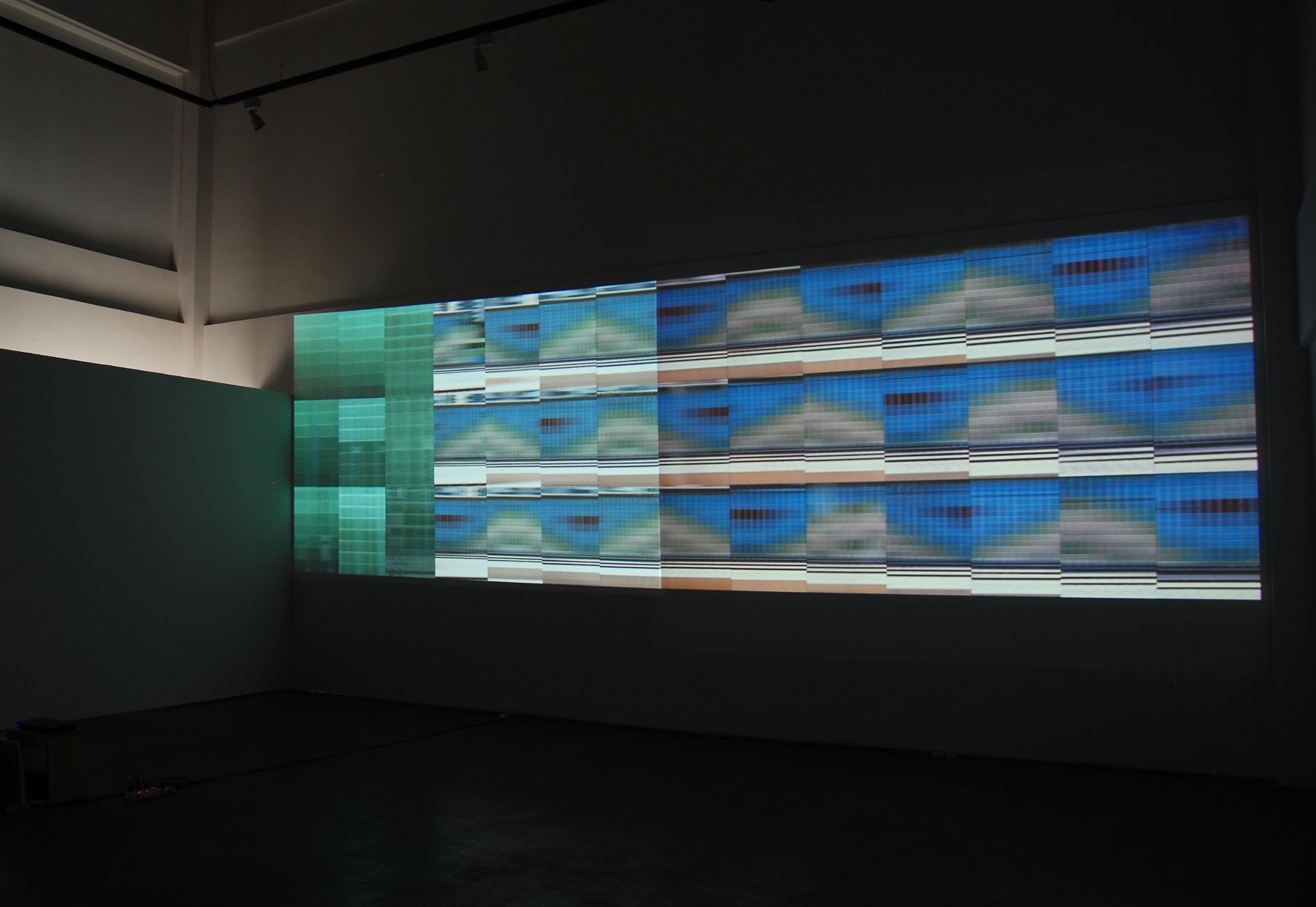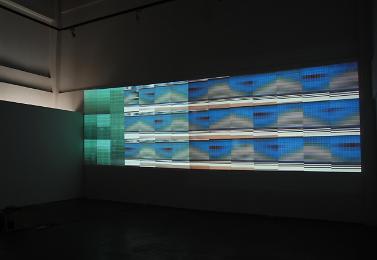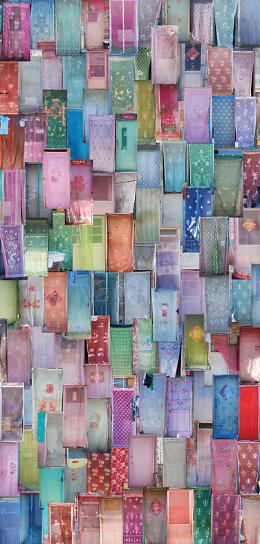동시대 도시의 면면을 수집하기
장석준은 도시의 이곳저곳을 다니며 도시 산업화가 만들어낸 도시의 익숙한 이미지들 수집하여 그것을 작품의 소재로 삼는다. 서울뿐 아니라 몇 차례의 해외 아티스트 레지던시를 통해 뉴질랜드, 북경 등의 도시 이미지도 수집해 작품화 했다.
그는 하나의 풍경이 되는 대상의 특정 부분만을 잘라 꼴라주하거나 재배열하여 새로운 풍경을 만든다.
개인적인 관심에서 시작되어 수집되고 만들어진 풍경은 동시대의 사회, 도시 속의 모습 또는 병리들을 자연스럽게 드러내는 매개가 되고 있다.
Collecting a city’s aspects of the same age
Jang Suk Joon gathers familiar urban images engendered by urban industrialization, traveling from
place to place and takes motifs for his work from the images. Jang collected urban images in New
Zealand and Beijing while working at artist residencies. He creates a new scene through a rearrangement and collage of specific parts of objects.
The scenes derived from his personal concerns is a medium to uncover social, urban aspects of the
times and pathology.

 작품을 클릭하시면 큰 화면으로 감상하실 수 있습니다.
작품을 클릭하시면 큰 화면으로 감상하실 수 있습니다.













